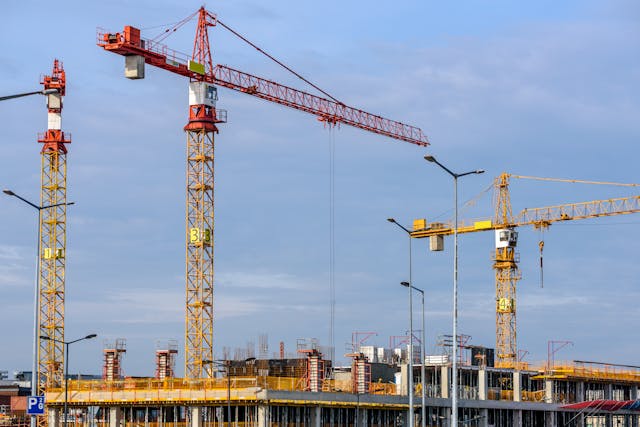Capital expenditures (CapEx) refers to the funds a company invests in long-term assets to enhance its operational capacity, efficiency, or strategic position. These expenditures are characterized by their lasting impact on the business, typically benefiting the company over multiple accounting periods and are crucial for business growth, competitiveness, and maintaining or improving overall operational effectiveness.
Contents
Characteristics of Capital Expenditures
Long-Term Nature
Capital Expenditures involve investments in assets that provide value to the company over an extended period, usually exceeding one year. These assets contribute to the company’s ability to generate revenue and operate effectively for several years.
Asset Acquisition or Improvement
CapEx can be categorized into two main types:
- Asset Acquisition: Involves purchasing new physical assets, such as buildings, machinery, equipment, vehicles, or technology.
- Asset Improvement: Involves significant enhancements or upgrades to existing assets, aiming to extend their useful life or improve their efficiency.
Strategic Importance
These are strategic decisions aligned with the long-term goals of the company. They are intended to support growth, enhance productivity, maintain competitiveness, comply with regulations, or strategically position the company within its industry.
Examples of Capital Expenditures
Building Acquisition or Construction: Purchasing or constructing new buildings or facilities for the company’s operations.
Machinery and Equipment: Investing in new machinery or upgrading existing equipment to increase efficiency and production capacity.
Technology Investments: Acquiring new computer systems, software, or other technological infrastructure to improve operational capabilities.
Vehicle Purchases: Buying vehicles used for business operations, such as delivery trucks or company cars.
Research and Development (R&D): Funding R&D initiatives to develop new products, services, or processes.
Infrastructure Projects: Initiating large-scale projects to improve or expand infrastructure, such as utilities or transportation systems.

Financial Treatment and Depreciation
Balance Sheet Impact
These are recorded on the balance sheet as assets. The value of the acquired or improved asset is capitalized, and this amount is gradually expensed over time.
Depreciation
The cost of the asset is spread over its useful life through a process called depreciation. This accounting method recognizes the gradual reduction in the asset’s value over time.
Income Statement Impact
While the initial expenditure is not directly expensed on the income statement, the depreciation of the asset is recognized as an operating expense over subsequent accounting periods.
Importance of Capital Expenditures
Strategic Growth
They enable businesses to expand, enhance their capabilities, and stay competitive in the market.
Operational Efficiency
Investing in new technology and equipment can improve efficiency, reduce costs, and enhance productivity.
Asset Longevity
These contribute to the longevity of a company’s assets, ensuring they remain valuable for an extended period.
Compliance and Regulation
Meeting regulatory requirements or industry standards may necessitate capital investments in specific equipment or facilities.
Investor Confidence
Well-planned and executed capital expenditures demonstrate a company’s commitment to growth and can boost investor confidence.
Summary
Capital expenditures are crucial investments made by businesses in long-term assets to support strategic objectives, enhance operational capabilities, and contribute to sustained growth. These expenditures are a key aspect of financial management and play a significant role in shaping the future success of a company.
4 thoughts on “Building a Robust Infrastructure: The Role of Capital Expenditures in Growth”